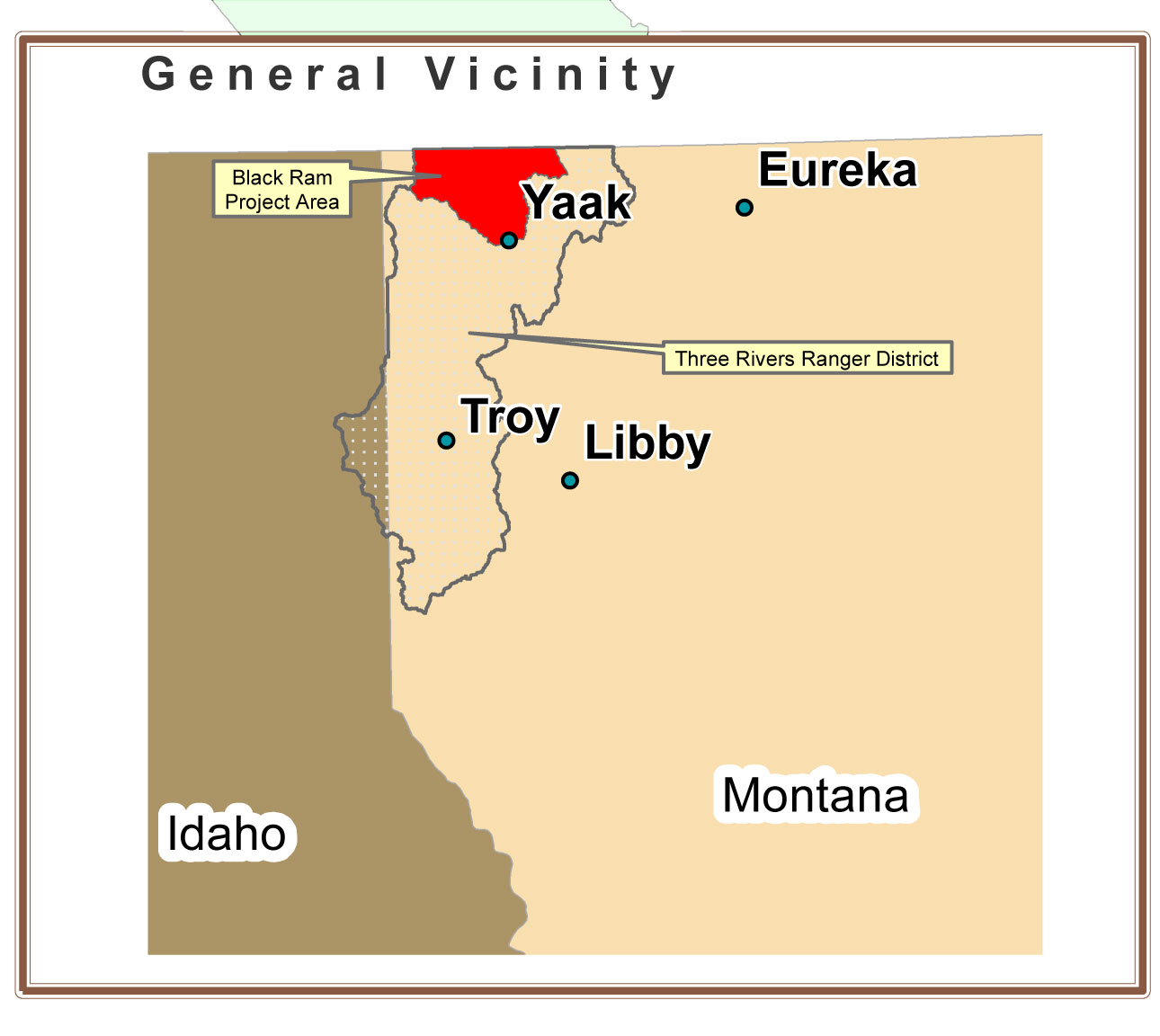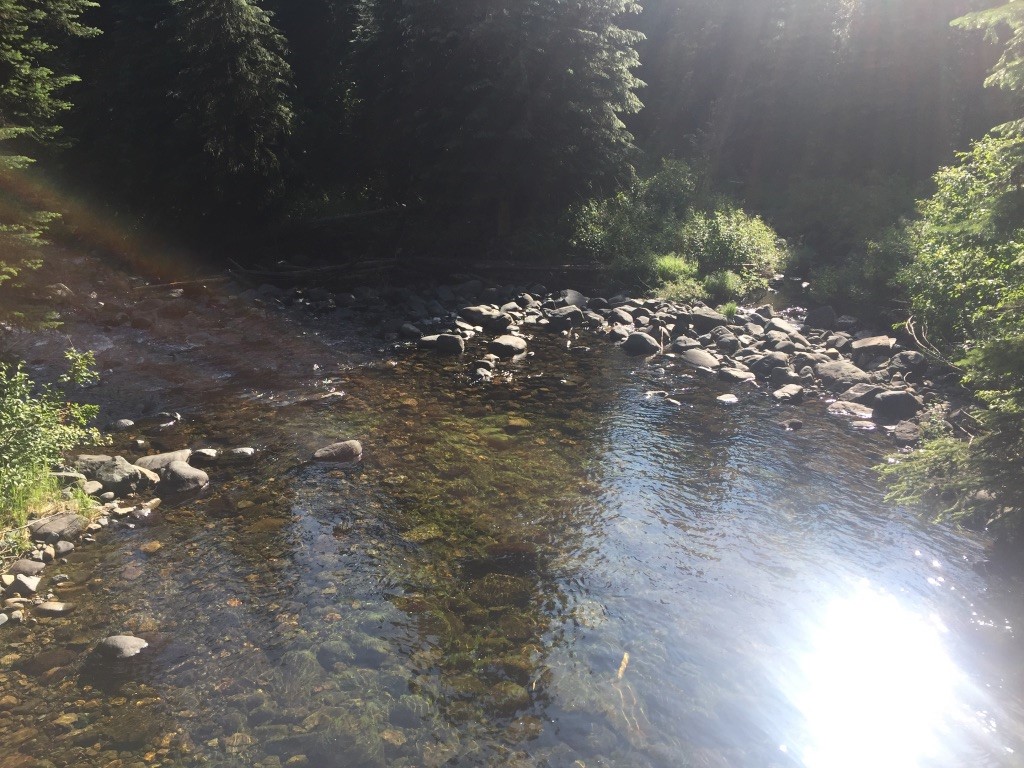Ancient Forests, Climate Refugia, and Northern Rockies' Critical Habitat for the Yaak Valley's 25 Grizzlies Threatened by United States Forest Services' Black Ram Proposal to cut 60 million board feet with no Environmental Impact Statement!
In addition to being the stronghold of the last 25 grizzlies in the Yaak Valley, the northwest corner of Montana holds one of the great stalwarts for any successful plan for the western United States to successfully weather the rising tide of global warming. The Yaak Valley, at the southernmost tip of the Purcell Mountains—Canada’s largest mountain range—is uniquely positioned between the maritime systems of the Pacific Northwest, which are governed by rot, and the dryer weather pattern of the northern Rockies, governed as they are by fire.
The Yaak is both the lowest elevation in Montana as well as the northernmost, and the wettest—an inland rainforest. For these reasons and more, the Yaak is uniquely positioned to serve as Montana’s and the West’s climate refuge. We are already seeing signs of new species immigrating as ecotypes elsewhere fragment and wither. It’s a grand biological experiment already in process, and with the Yaak consisting of 97% public land (U.S. Forest Service--USFS), it offers Montana’s best hope at retaining some semblance of ecological integrity and relative stability amidst the violent disturbance occurring elsewhere. Such a garden and climate refuge—such an ark—can serve an invaluable function of helping repopulate once we moderate or reverse global warming, many years from now.
The Yaak is home to an amazing bestiary of threatened, endangered and sensitive species, including rare forest types. The Yaak was once comprised of as much as fifty percent old growth—particularly old larch, a tree well-suited to the coming firescape of the West. The Yaak is Montana’s only inland rainforest, and its northern tier, according to Canadian forester and ecologist Dr. Herb Hammond, contains a singular band of forests in which no fire scars can be found, dating back at least a thousand years—unprecedented biological rarity that appears to be due in part to a perched water table. Numerous fens, marshes, springs and creeks lace this high elevation headwaters forest.
Now the U.S. Forest Service is proposing “regeneration harvests,” where whatever spindly few trees left will die or blow over within a season—of over 2600 acres in the epic Black Ram proposed timber project on the international border, which would take roughly 60 million board feet out of this northern tier of Montana. Many of the openings—hundreds of acres in size--would take place atop the source of the Yaak River, where it first comes into the United States from Canada—headwaters for wildlife and the drinking water for communities.
Northwest Montana - Black Ram Project - Yaak Valley, Montana
Most disturbingly, the USFS is using the language of global warming to justify this regeneration harvest prescription for the vast majority of proposed treatments in the area, with 36 proposed units exceeding the USFS’ own forest plan maximum of 40 acres. The USFS claims these prescriptions—which will remove between 800-100% of the canopy of these ancient forests will make them more “resilient” and “resistant.” Included in these regeneration harvest prescriptions is Unit 72, the scientific rarity of a thus-far fireproof alpine forest with a perched water table, which appears to never have burned.
These magical forests hold the key to surviving/withstanding climate cycles across the ages, and should be preserved for research, not erased from the public and scientific treasury. Old spruce and subalpine forests in boreal regions hold up to 80% more carbon than other forests, according to Dr. Hammond; again, these are the precise forests that should be preserved and studied, not destroyed. Here is a 60-second video shot in the ancient forest of proposed Unit 72, within shouting distance of the Canadian line—proposed Unit 72, which is directly adjacent to one of last year’s fuel-break clearcuts that’s already pulsing hot dry air into the old forest--
Shot by Kier Atherton (Motion Noise on Instagram) with music by Jessica Kilroy
This is an important opportunity to send a message to the Department of Agriculture and U.S. Forest Service about the need to be mindful of the benefits of passive firefighting measures, and the need to be more mindful of systems in the public portfolio that sequester carbon. This ancient sub-boreal band of never-burned forest in the upper Yaak Valley, with its elevated water table, will be converted to a biological desert of sun-blasted aridification if the Black Ram project proceeds as planned. Please help protect the last 25 Yaak grizzlies and defend the great carbon-absorbing and moisture-preserving lungs of the northern Rockies’ inland rainforest, the Yaak, with a letter protesting the Kootenai National Forests’ epic clearcuts and other damaging activities to public land and water in the Black Ram project prior to August 8th 2019. Send comments to This email address is being protected from spambots. You need JavaScript enabled to view it. with a copy to This email address is being protected from spambots. You need JavaScript enabled to view it. Demand an EIS to address the environmental consequences of such severe logging in high elevation wet forests, along with so many other issues. Thank you!
Other key points, click here for more Black Ram resources:
1) The project would place regeneration harvests on top of the controversial high-volume through-hiker Pacific Northwest Trail (PNT), which already disrupts vital core grizzly habitat in this region, and directs hikers to travel on paved logging roads during the haul of 60 MMBF. The Black Ram project would also build unauthorized spur trails to the PNT.
2) The project is far too large, and requires Environmental Impact Statement. The current “analysis” is shoddily written, vague, ineffective, contradictory.
2) The project disrupts grizzly core habitat;
3) Fails to address public’s and stakeholders’ need for wildness in the project area
4) builds ill-advised trails, and roads in old growth;
5) fails to analyze fires and new road construction;
6) fails to address cumulative effects;
7) fails to protect wildland-urban interface;
8) fails to address wildlife connectivity and corridors.
9) A project area this large requires a landscape level planning.
10) The project’s proposed treatments, in conjunction with unanalyzed cumulative effects of Spread-Thin cuts, new roads, Davis Fire, Davis “fire break,” prescribed burns, and proposed large openings, would be devastating to headwaters of Yaak River.



